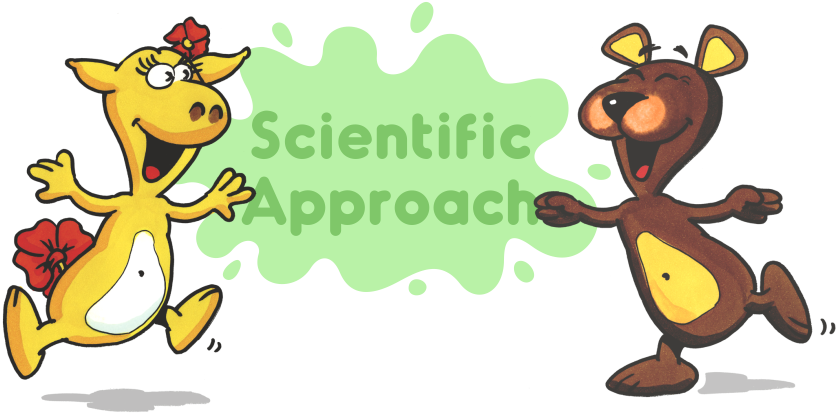



The parents point at an object and articulate the name of the object.
At the same time the baby looks at the object and hears the sound of the object.
The baby starts to connect the dots – contextualises – the object with the sound.
At a later stage the baby, who is now a toddler, identifies the object by mimicking the sound.
And ultimately the toddler articulates the name of the object.
So the more you talk to your baby, the faster he will acquire speech and language skills.

From birth on, children are programmed to develop speech and language. Yet the stimulation of language development is essential as the brain is developing new nerve cells and multiple connections between these cells.
In the early stages of language development, the child’s brain is programmed to attend to speech sounds and begins to mimic them. They attempt to repeat sounds and words they’re exposed to from their environment.
The entire Ben & Bella English language learning course is centred around the image of an object and its sound. This principle is applied in all digital and interactive product parts: Storybook Videos, Cartoons, Songs and especially when children scan images and hear the according word.


With Ben & Bella English, children always see what they hear at the same time.
With Ben & Bella English, children can easily contextualize the new language.
Young children between 18 months and three-years-old are masters in contextualisation and this is the ideal time to introduce Ben & Bella English.

Ben & Bella English helps you to initiate conversations with your child related to what Ben & Bella are doing. Make up stories along with your child where each contributes. This not only stimulates language, but thinking, creating, and a sense of humor. Gradually the Ben & Bella English language learning course increases the complexity of grammar and vocabulary used to communicate. The course provides children with expanded information about events, as well as things they see and how Ben & Bella feel. You scan also read the storybooks interactively to engage your child’s participation. Ask questions, use dramatic inflections, let your child guess what will happen next, point to pictures and describe them, and ask your child to do the same.

